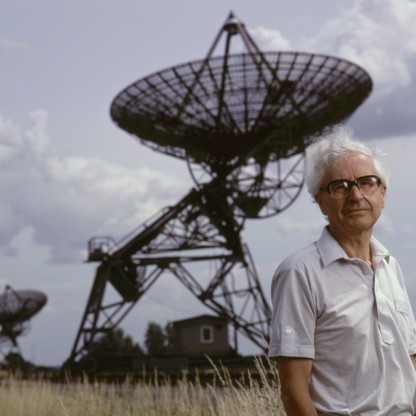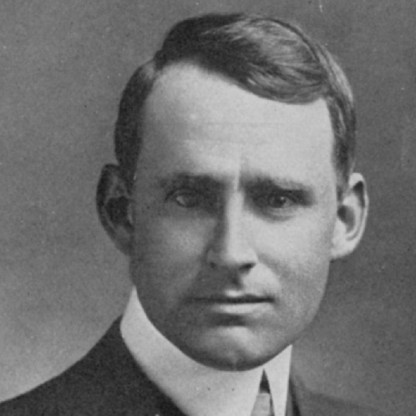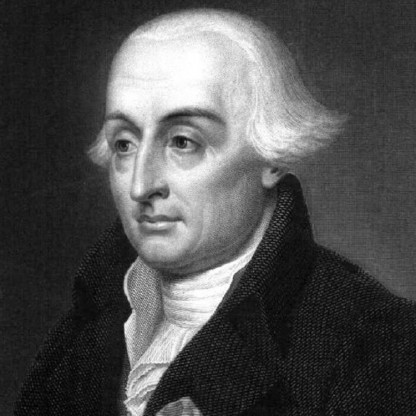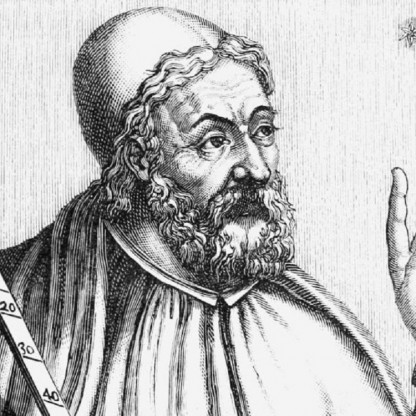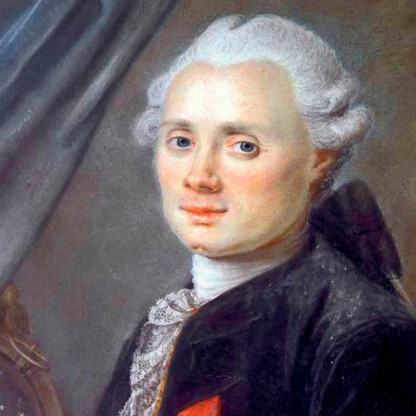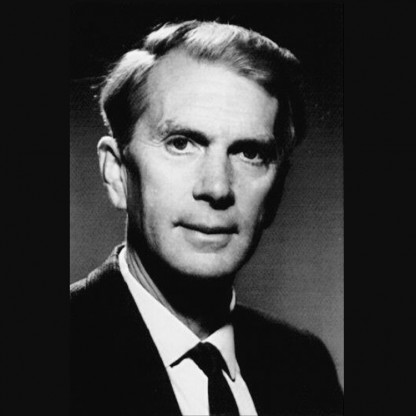Awards and nominations:
Arnold Beckman was elected a Fellow of the American Academy of Arts and Sciences in 1976. Beckman was inducted into the Junior Achievement US Business Hall of Fame in 1985. In 1987, he was inducted into the National Inventors Hall of Fame in Akron, Ohio. In 2004 he received its Lifetime Achievement Award.
In 1989, Beckman received the Charles Lathrop Parsons Award for public service from the American Chemical Society. He was inducted into the Alpha Chi Sigma Hall of Fame in 1996. In 2000, he received a Special Millennium Edition of the Othmer Gold Medal from the Chemical Heritage Foundation in recognition of his multifaceted contributions to chemical and scientific heritage.
Beckman was awarded the National Medal of Technology in 1988. It is the highest honor the United States can confer to a US citizen for achievements related to technological progress President George H. W. Bush presented Beckman with the National Medal of Science Award in 1989, "for his leadership in the development of analytical instrumentation and for his deep and abiding concern for the vitality of the nation's scientific enterprise.". He had previously been recognized by the Reagan administration as one of about 30 citizens receiving the 1989 Presidential Citizens Medal for exemplary deeds of service.
Beckman was awarded the Order of Lincoln, the state of Illinois' highest honor, by The Lincoln Academy of Illinois, in 1991.
Beckman was awarded the Public Welfare Medal from the National Academy of Sciences in 1999.
The Arnold O. Beckman High School in Irvine, California which has a focus in science education, was named in honor of Arnold O. Beckman. It was not, however, funded by Beckman.
The Beckman Coulter Heritage exhibit, which discusses the work of scientists Arnold Beckman and Wallace Coulter, is located at the Beckman Coulter headquarters in Brea, California.

